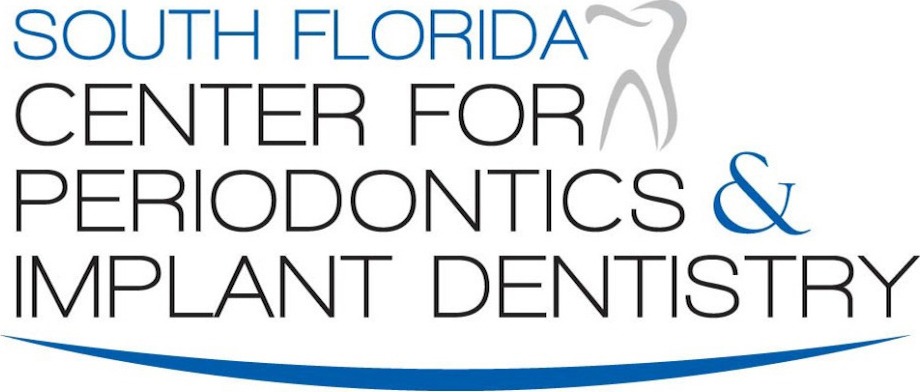Saying “Yes” to Community Water Fluoridation
March 6th, 2025 One of South Florida’s top dental professionals, Dr. Jeffrey Ganeles was recently part of a team of medical experts who convinced Delray Beach city leaders to maintain the addition of fluoride to their water supply.
One of South Florida’s top dental professionals, Dr. Jeffrey Ganeles was recently part of a team of medical experts who convinced Delray Beach city leaders to maintain the addition of fluoride to their water supply.
The commission voted 3-2 in favor of the continuation of the process, after a debate that included opposing information presented by Florida State Surgeon General, Dr. Joseph Ladapo. Sadly, this decision may be a pyrrhic victory as it may be pre-empted by the Florida Farm Bill proposed several days later by the Florida Commissioner of Agriculture,Wilton Simpson, to outlaw community water fluoridation in Florida.
What is Fluoride and Why All the Fuss?
Fluoride is a mineral that is proven to help both prevent tooth decay and strengthen your teeth by making your tooth enamel more resistant to the acids and bacteria that can cause decay. Trace amounts of fluoride can naturally be found in water, air, soil and even some foods.
As a public health measure, community water fluoridation was introduced in the 1950s. Since then, states and local governments decided if they want fluoride, at a level that research shows is safe for children and adults. In the last few years, based primarily on flawed studies from China, some concern was expressed that high fluoride exposure was linked to lower IQ in children. The studies that suggested this trend were based on exposures higher than 1.5 parts per million, which is 2X what is allowed in U.S. drinking water.
It’s All in the Levels
Dr. Ganeles is incensed at what he calls “the assault on documented science.” He cites what he calls the “anti-fluoride rhetoric” that made him compelled to push back vigorously on suggestions to end community-supplied fluoridation due to what he considers “extreme cases of poorly controlled studies or situations that questionably pointed to adverse conditions.”
Dr. Ganeles sees water fluoridation as a cost-effective public health measure. He points out that concerns about fluoride toxicity in excess quantities would be understandable, but that the recommended level of 0.7 parts per million “is well below harmful levels that are expressed in the literature,” and that the Delray Beach drinking water, at 0.5 parts per million, is well below that recommended level.
Substance levels are very important. Many other substances that are healthy and beneficial in small doses can be detrimental in higher doses. The pain and fever reducer acetaminophen (Tylenol) if taken in higher doses, can damage the liver. Drinking enough water each day is important, while extreme over-hydration can damage the kidneys.
A Domino Effect
At the meeting, Dr. Ganeles spoke about what he termed dentistry’s “domino effect,” where a single cavity leads to a filling and, over time, the filling breaks down and requires a larger filling replacement or even root canal.
These resulting procedures, he says, can be costly, invasive, anxiety-producing and, most importantly, preventable with fluoridation. Dr. Ganeles said he “can usually tell within minutes whether a new patient grew up in an area of fluoridated water,” stating that “people with a mouthful of fillings, crowns and missing teeth almost certainly did not.”
History of Community Fluoridation
The CDC has called community water fluoridation one of the “Ten Great Public Health Achievements of the 20th Century.” More than 60% of Americans receive fluoride from their community water systems. In 1945, Grand Rapids, Michigan was the first community in the world to add fluoride to their water supply. Nearly 30,000 school children were monitored. Research shows that after just 11 years, the cavity (caries) rate among Grand Rapids children born after fluoride was added to the water supply dropped more than 60 percent. Grand Rapids did not see a spike in diagnosis for ADHD or low intelligence for those same children.
Cavities Increase Without Fluoridation
Dr. Ganeles also cited the example of Calgary, Canada. The city saw a 25% increase in cavities after fluoride was removed from its water supply in 2011. The city has since reversed its decision and is planning on reintroduction this year. Their Alberta Children’s Hospital reported that the number of children receiving IV antibiotics for dental infections increased by 700% from 2011 to 2018 and that the majority of these patients were under five years old.
The Calgary data should be compared to Edmonton, Canada, which never discontinued fluoride and did not see any change in the incidence of cavities, use of intravenous antibiotics or severe decay. Similar city results can be compared like Juneau, Alaska which experimented with removing fluoride from drinking water, as compared to Anchorage, Alaska, which did not.
We Maintain: Fluoridation in Community Water Supply is Safe
In a statement issued January 2025, the American Dental Association said that studies cited by opponents against community water fluoridation are flawed and that “to prevent dental disease, the ADA continues to recommend drinking optimally fluoridated water with twice daily brushing with fluoride toothpaste and eating a healthy diet.”
Dr. Ganeles and all the specialists here at South Florida Center for Periodontics & Implant Dentistry are experts in dentistry. They agree with the American Dental Association, the American Academy of Pediatrics, the American College of Obstetrics and Gynecology, and other leading organizations who maintain that fluoridation in community water at recommended concentrations will minimize potential health risks and is safe and beneficial.
Community water fluoridation is selflessly promoted by organized dentistry. As Dr. Ganeles says, “Community fluoridation dramatically reduces the need for dentists—there is no profit motive here, just common sense and good public policy. In reality, the community that suffers the most with poor dental care is lower socio-economic classes. So if we make a decision to accept an increase in the cavity rate of our most vulnerable people, are we also going to make the commitment to expand dental coverage for this group? We (locally or nationally) have never made this policy decision.”
Dr. Ganeles explains that dentists generally do not participate in Medicaid because of punishing restrictions and low reimbursements. He argues: “Are individuals on Medicaid now going to clog our emergency rooms with toothaches and jaw infections which could have been prevented by water fluoridation? How does this make sense? It is established that one of the most common reasons low-income children miss school is because of toothaches. Why shouldn’t we prevent them with fluoride which is an inexpensive, effective and proven method?”
Dr. Ganeles adds: “If you really don’t want fluoride, drink bottled water, which doesn’t have any fluoride!”
Interested in learning more? Read science-based information about the benefits of fluoride here and don’t forget to also brush and floss! Be sure to contact us for an appointment if you are concerned about failing teeth or gum issues. You do not need a referral.
You can read Dr. Ganeles’ full statement here.
